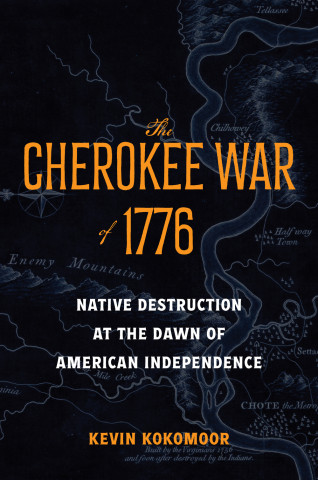
Reviews
A classic study of the cultural implications of a lethal technology. Reissued with a foreword and an excellent bibliographic essay on automatic weapons by Edward Ezell, it remains provocative and persuasive.
Arguing that the history of technology is inseparable from social history in general, Mr. Ellis weighs the machine gun's impact on weaponry, warfare, and society.
Book Details
Chapter 1. New Ways of Death
Chapter 2. Industrialised War
Chapter 3. Officers and Gentlemen
Chapter 4. Making the Map Red
Chapter 5. The Trauma: 1914-18
Chapter 6. A Symbol of the Times
Chapter 7. New Ways
Chapter 1. New Ways of Death
Chapter 2. Industrialised War
Chapter 3. Officers and Gentlemen
Chapter 4. Making the Map Red
Chapter 5. The Trauma: 1914-18
Chapter 6. A Symbol of the Times
Chapter 7. New Ways of War
Bibliography
Bibliographical Essay
Index





